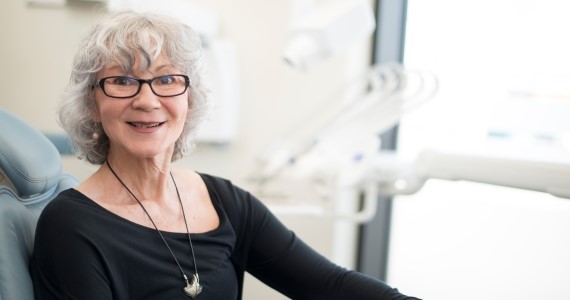Osteoporosis and Oral Health
Did you know that early signs of osteoporosis can be seen in the mouth?

Osteoporosis Overview
Osteoporosis is a major health problem that affects middle-aged and older individuals. Among women, it affects one in five over the age of 50. It is characterized by decreased bone density and weakened bones, which increase the risk of fracture.
A dentist may see early signs of osteoporosis in the mouth. These early signs may include loose teeth and changes in the way a denture fits. Dental X-rays may help to confirm a diagnosis by showing changes in the density of the jawbone and in the bones around the teeth. The dentist may then refer the person to their doctor to confirm the diagnosis.
Risk Factors
Although osteoporosis can affect both men and women, women are more likely to develop osteoporosis as they age. Women with osteoporosis are three times more likely to have tooth loss than those who do not. Very thin young women may be at an increased risk for developing osteoporosis if they have an eating disorder or do not produce enough hormones.
Other Risk Factors Include:
- Family history
- Lack of exercise
- Low calcium intake
- Tobacco use
- Excessive use of caffeine or alcohol
- Certain medications (such as some steroids)
Oral Health Impacts
There is increasing research that suggests an association between osteoporosis and oral health conditions such as gum disease, reduced jawbone density and tooth loss. Once you lose teeth, the jawbone can begin to lose its shape and affect your ability to eat, drink and speak effectively.
Tell your dentist about all the medications you take. Certain drugs that slow down bone loss or help rebuild bone can strongly influence dental treatment. In the case of medications taken to help strengthen bones, an association with a rare but serious condition exists. The condition, called osteonecrosis (OSS-tee-oh-ne-KRO-sis) of the jaw, can cause severe damage to the jawbone and can occur spontaneously. However, it is more common after dental procedures that involve the bone (example: extracting a tooth).
If you are taking a drug to help strengthen your bones, do not avoid or delay dental treatment. While your risk of developing osteonecrosis may be low while taking this type of drug, dental disease can still progress to a more serious stage, increasing your need for more extensive treatment.
High and frequent dosing of these medications is often a part of cancer therapy. When a planned cancer treatment involves these medications, a dental exam and any necessary dental procedures should be completed prior to starting the drug(s). Tell your doctor if you require dental care or have had recent dental care.
Tips to Keep Your Bones Strong and Promote Oral Health
- Eat a healthy diet with fruits, vegetables, whole grains, lean protein and low-fat dairy products.
- Get 1000-1200 milligrams of calcium each day from calcium-rich foods. Take a supplement if advised by your doctor.
- Get 600-800 IU of vitamin D per day. Take a supplement if advised by your doctor.
- Do not smoke.
- Reduce the amount of caffeine and alcohol you consume.
- Brush twice a day for two minutes and floss daily.
- Visit your dentist regularly.
Keep Your Teeth and Bones Strong
Efforts to prevent osteoporosis should start in adolescence since it is a critical time for bone mass development. For this reason, it is important to encourage adolescents to eat and drink healthy foods that contain calcium, such as milk, yogurt and broccoli. In addition, calcium uptake by the bones can be altered by phosphoric acid that is in many sodas. Therefore, limiting the amount of soda in your diet is important for ensuring adequate absorption as well as preventing tooth decay.
Note: The information in this article is not meant to replace the advice of your dentist or another licensed healthcare professional. Talk to your dentist for any specific dental advice.
Sources: American Dental Association: https://www.mouthhealthy.org/en/all-topics-a-z/osteoporosis-and-oral-health Academy of General Dentistry: https://knowyourteeth.com/infobites/abc/article/?abc=d&iid=320&aid=1292 National Institute on Aging: https://www.nia.nih.gov/health/osteoporosis/osteoporosis US Department of Agriculture: https://www.dietaryguidelines.gov/sites/default/files/2020-12/Dietary_Guidelines_for_Americans_2020-2025.pdf






